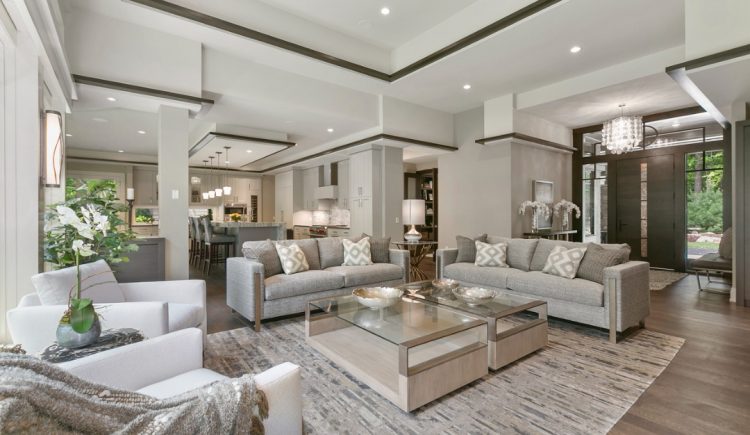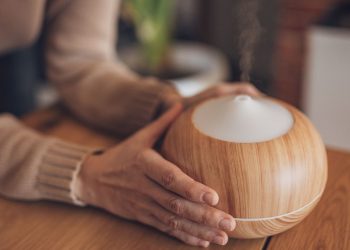When decorating a home, it can be customary to complete one room at a time. However, this can result in a choppy and disjointed home design. If you’re not ready to complete a full home redesign, it is possible to design one room at a time while ensuring it remains cohesive. Keep these tricks in mind so you can create a design plan that flows through the house and unifies each room of the home.
All over color scheme
Conceptualizing a complete house color scheme will make each room flow into the other, as it has the unifying element of color. Selecting three or four paint colors that you carry through the house and apply in different ways can create an intentionally designed and visually soothing home. For example, in the dining room, you may paint the walls a deep, moody blue, and you can use that same paint color on the trim and casing in the adjacent living room.
Same wood flooring
The same wood tone should be carried throughout a house with wood flooring. If you’re installing new wood flooring and the house has existing wood, you can stain the older wood to match the new flooring.
Use the same tone of metal
Selecting an anchor metal throughout the home will create a streamlined look that brings the rooms together. Once you choose the anchor metal, you can layer an accent metal in different spaces to create a layered, luxe look. For example, if you choose polished nickel door knobs for every door in the house, you can then add in brass light fixtures for more depth and interest.
A unifying element
Using a unifying element in every room of the house is a way to decorate each room differently but still tie them together. This element could be decorative elements, such as chinoiserie, a style of art, or a material, such as rattan.
Same molding
Consistent architectural elements, such as molding, are essential to creating a cohesive-looking home. Using the same molding in every room will create consistency, regardless of how the space is decorated.
Same furniture style
While the furniture in each room should be a matching set, keeping each piece in the same general design style will create flow from one room to another. For example, a room with all mid-century modern furniture next to a room with traditional furniture will feel disjointed.
Design the whole house upfront, then use that as a checklist
Designing the entire house at once will help you to see how it will flow together. Even if you don’t plan on implementing the design all at once, you’ll have a blueprint and checklist to follow as you complete each room.











